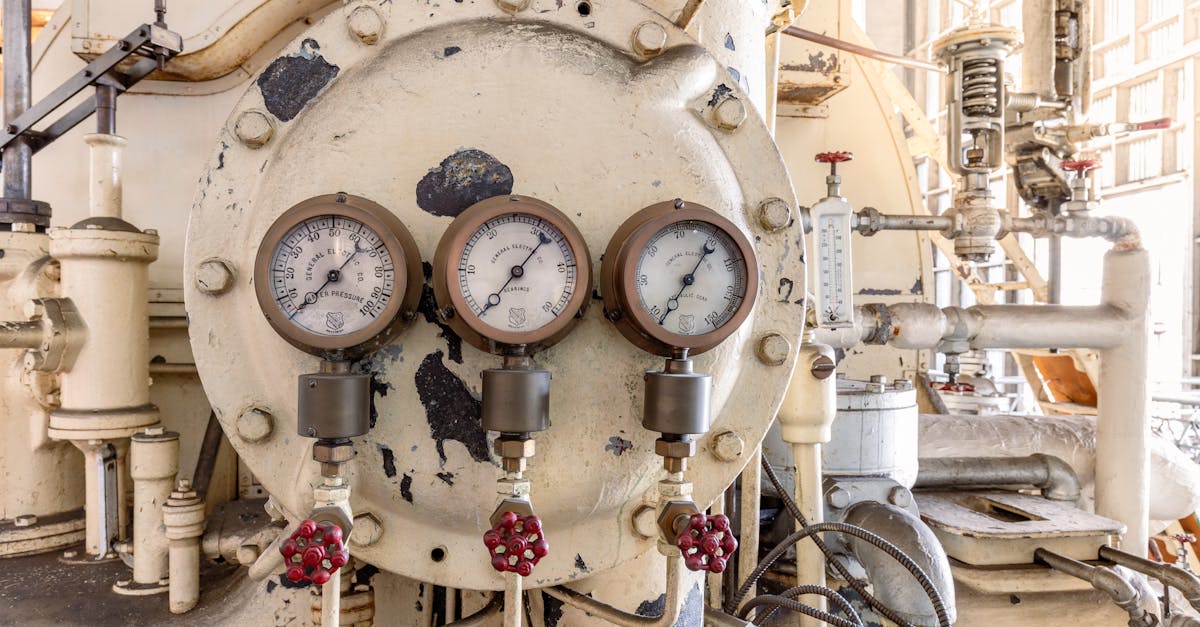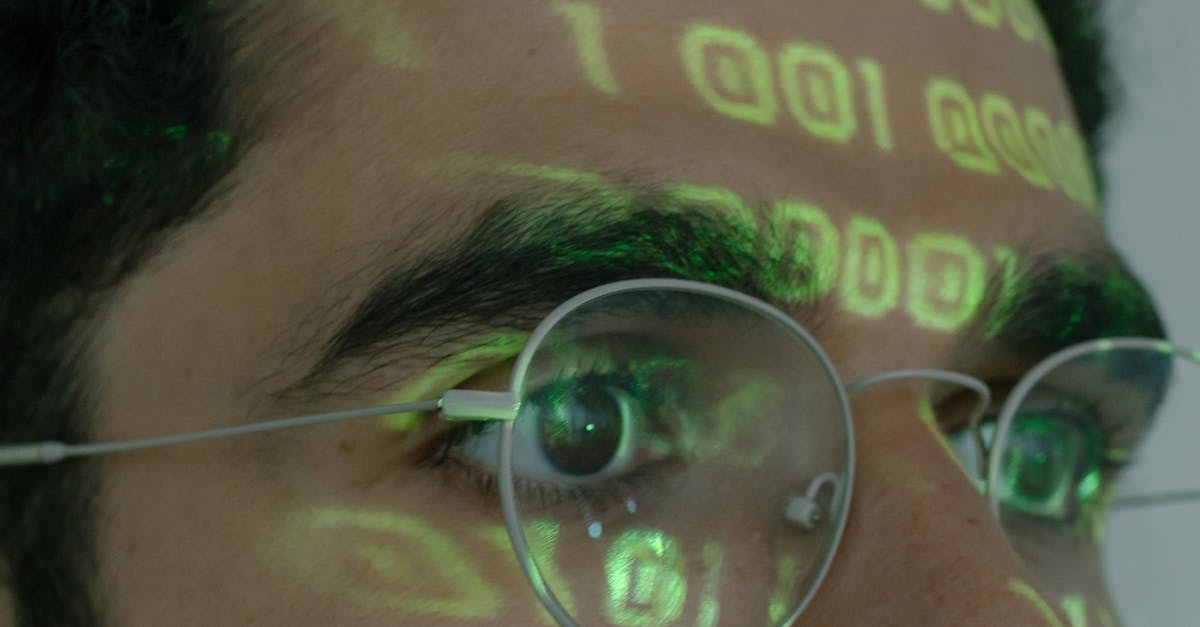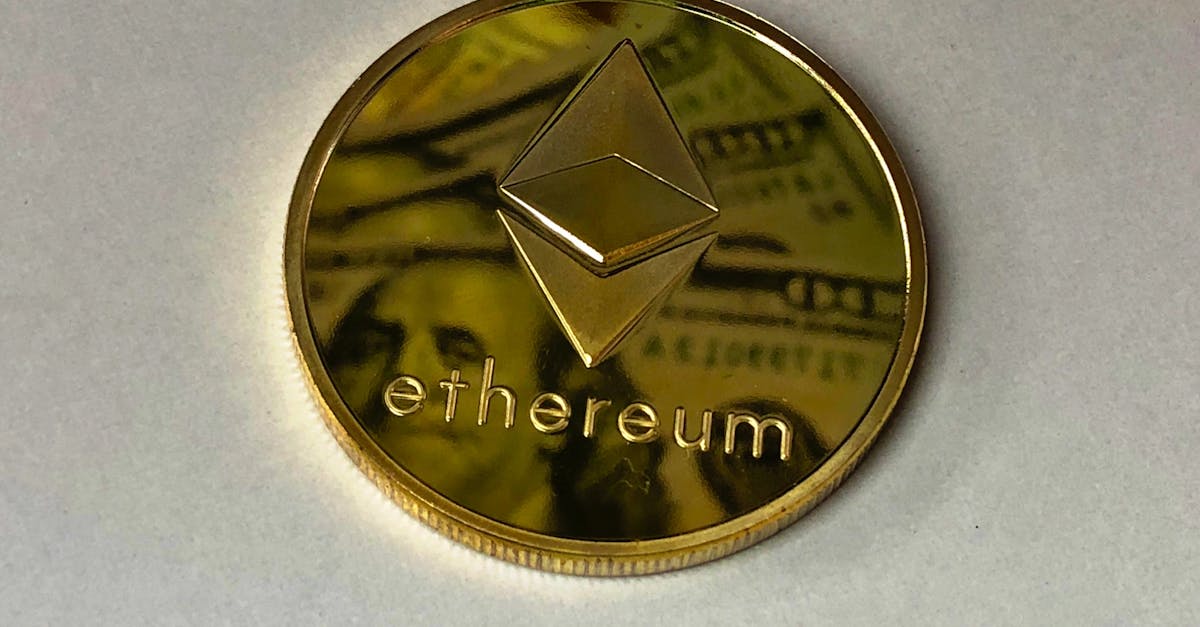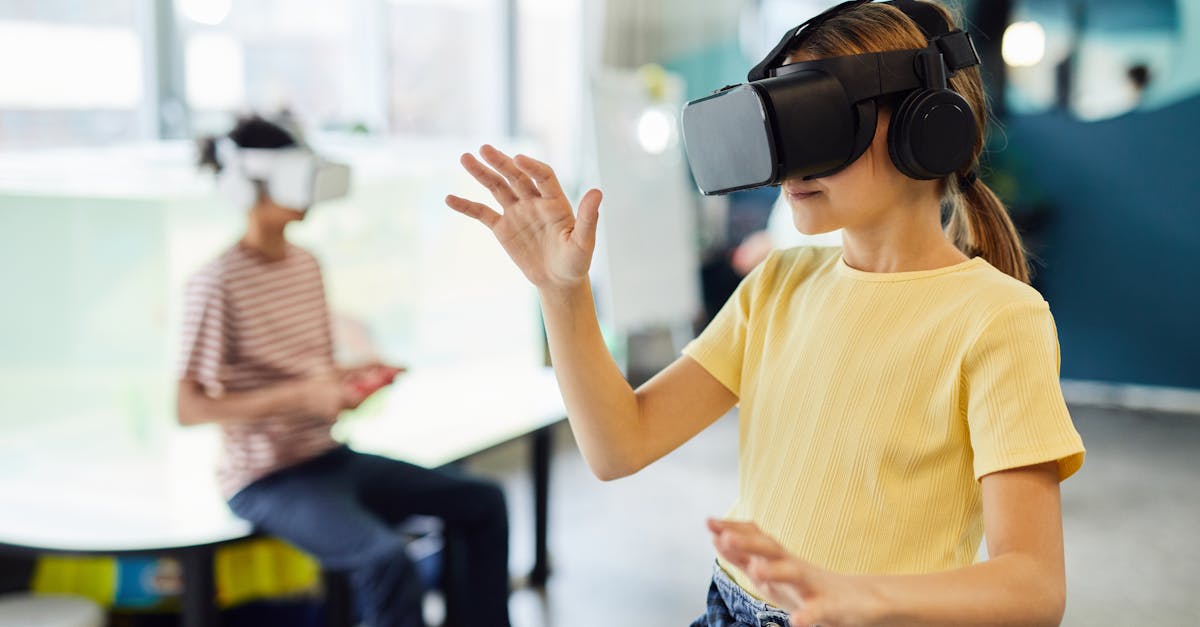The Future of IoT: Trends and Predictions for 2023 and Beyond
The Internet of Things (IoT) has revolutionized the way we live and work, and its impact is only going to increase in the coming years. In this blog post, we will explore the latest trends and predictions for IoT in 2023 and beyond, including smart cities, smart homes, Industry 4.0, cloud computing, AI, cybersecurity, big data, predictive maintenance, edge computing, digital twin, blockchain, wearable technology, augmented reality, and machine learning.

Smart Cities
Smart cities are one of the most promising applications of IoT technology. By using sensors and data analytics, smart cities can optimize traffic flow, reduce energy consumption, improve public safety, and enhance citizens’ quality of life. According to a report by MarketsandMarkets, the global smart cities market is expected to reach $1582.9 billion by 2025, growing at a CAGR of 22.9% from 2020 to 2025.

Smart Homes
Smart homes are another popular application of IoT technology. By connecting various devices and appliances to the internet, homeowners can control their homes remotely and automate routine tasks. According to a report by Zion Market Research, the global smart home market is expected to reach $174.24 billion by 2025, growing at a CAGR of 13.52% from 2019 to 2025.

Industry 4.0
Industry 4.0 refers to the fourth industrial revolution, which is characterized by the integration of IoT, AI, and other technologies into manufacturing processes. By using IoT sensors and data analytics, manufacturers can optimize their operations, reduce downtime, and improve product quality. According to a report by MarketsandMarkets, the global Industry 4.0 market is expected to reach $1566.6 billion by 2024, growing at a CAGR of 16.9% from 2019 to 2024.

Cloud Computing
Cloud computing is an essential component of IoT, as it provides the storage and computational power needed to process vast amounts of data generated by IoT devices. According to a report by Gartner, the global public cloud services market is expected to grow to $623.3 billion by 2023, up from $257.5 billion in 2020.

AI
AI is another critical technology for IoT, as it enables machines to learn from data and make decisions without human intervention. AI can be used in various IoT applications, such as predictive maintenance, fraud detection, and autonomous vehicles. According to a report by ResearchAndMarkets, the global AI market is expected to reach $309.6 billion by 2026, growing at a CAGR of 39.7% from 2021 to 2026.

Cybersecurity
As IoT devices become more prevalent, cybersecurity is becoming a significant concern. IoT devices are vulnerable to cyber attacks, which can compromise sensitive data and disrupt critical systems. According to a report by MarketsandMarkets, the global IoT security market is expected to reach $9.88 billion by 2025, growing at a CAGR of 33.7% from 2020 to 2025.

Big Data
Big data is a term used to describe the vast amounts of data generated by IoT devices. Big data analytics can help organizations extract valuable insights from this data and make informed decisions. According to a report by IDC, the global big data and business analytics market is expected to reach $274.3 billion by 2022, growing at a CAGR of 13.2% from 2017 to 2022.

Predictive Maintenance
Predictive maintenance is a technique used to predict when equipment is likely to fail so that maintenance can be performed before the failure occurs. IoT sensors can provide real-time data on the condition of equipment, enabling predictive maintenance to be performed more accurately and efficiently. According to a report by MarketsandMarkets, the global predictive maintenance market is expected to reach $11.2 billion by 2024, growing at a CAGR of 28.4% from 2019 to 2024.

Edge Computing
Edge computing is a decentralized computing model that brings computation and data storage closer to the location where it is needed, rather than relying on a centralized data center. Edge computing can improve latency, reduce bandwidth usage, and enhance security. According to a report by MarketsandMarkets, the global edge computing market is expected to reach $15.7 billion by 2025, growing at a CAGR of 34.1% from 2020 to 2025.

Digital Twin
A digital twin is a virtual replica of a physical asset or system, created by using IoT sensors and data analytics. Digital twins can be used to optimize the performance of assets, predict failures, and simulate different scenarios. According to a report by MarketsandMarkets, the global digital twin market is expected to reach $35.8 billion by 2025, growing at a CAGR of 37.8% from 2020 to 2025.

Blockchain
Blockchain is a distributed ledger technology that can be used to create secure, decentralized systems. Blockchain can be used in IoT applications, such as supply chain management, to ensure transparency and traceability. According to a report by MarketsandMarkets, the global blockchain market is expected to reach $39.7 billion by 2025, growing at a CAGR of 67.3% from 2020 to 2025.

Wearable Technology
Wearable technology is an emerging application of IoT that involves embedding sensors and other electronics into clothing and accessories. Wearable technology can be used for health monitoring, fitness tracking, and other applications. According to a report by MarketsandMarkets, the global wearable technology market is expected to reach $54.4 billion by 2023, growing at a CAGR of 15.5% from 2017 to 2023.

Augmented Reality
Augmented reality is a technology that overlays digital information onto the physical world, creating a mixed reality experience. Augmented reality can be used in various IoT applications, such as maintenance and repair, where workers can use AR glasses to access information and instructions. According to a report by MarketsandMarkets, the global augmented reality market is expected to reach $72.7 billion by 2024, growing at a CAGR of 46.6% from 2019 to 2024.

Machine Learning
Machine learning is a subset of AI that involves training algorithms to learn from data and make predictions. Machine learning can be used in IoT applications, such as predictive maintenance and anomaly detection. According to a report by MarketsandMarkets, the global machine learning market is expected to reach $117.2 billion by 2025, growing at a CAGR of 39.2% from 2020 to 2025.
Conclusion
In conclusion, the future of IoT looks bright, with various applications and technologies set to transform the way we live and work. Smart cities, smart homes, Industry 4.0, cloud computing, AI, cybersecurity, big data, predictive maintenance, edge computing, digital twin, blockchain, wearable technology, augmented reality, and machine learning are just some of the trends and predictions for IoT in 2023 and beyond. As IoT continues to evolve, so too will the opportunities and challenges it presents. By staying up to date with the latest trends and technologies, organizations can leverage IoT to gain a competitive edge and drive innovation.




